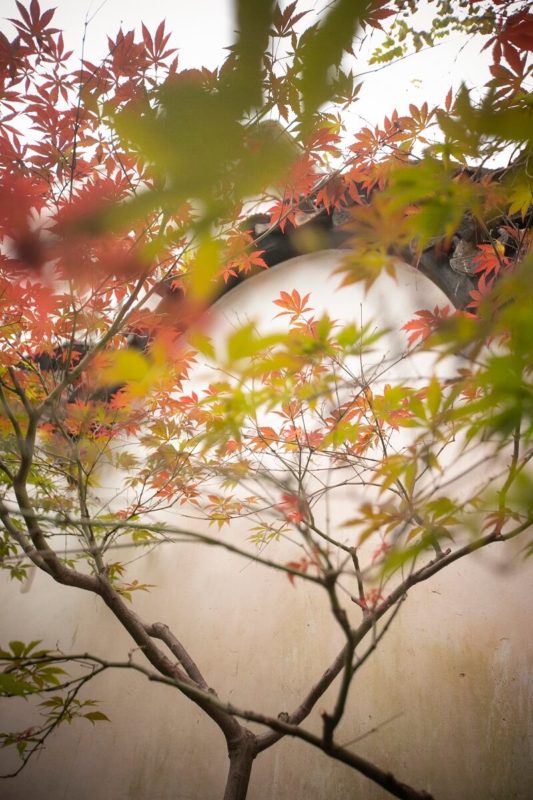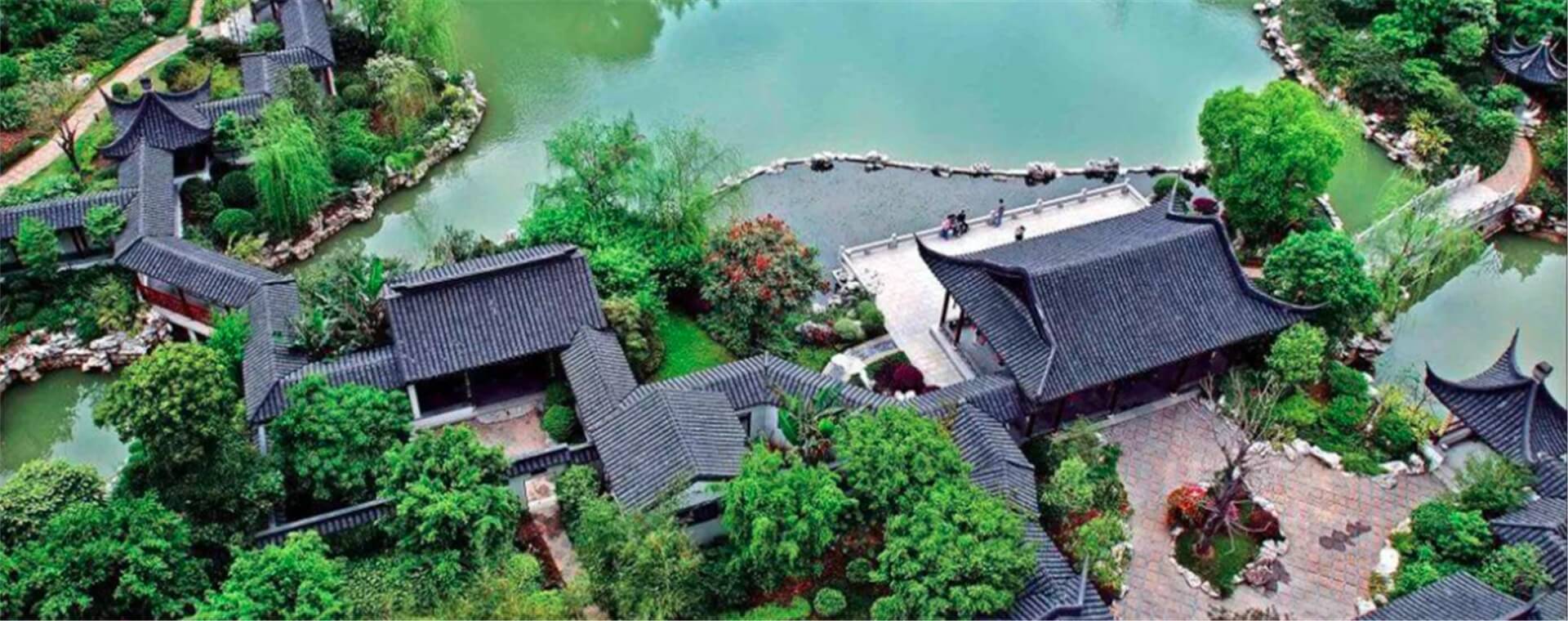Address: No.3, canglangting street, Renmin Road, Gusu District, Suzhou
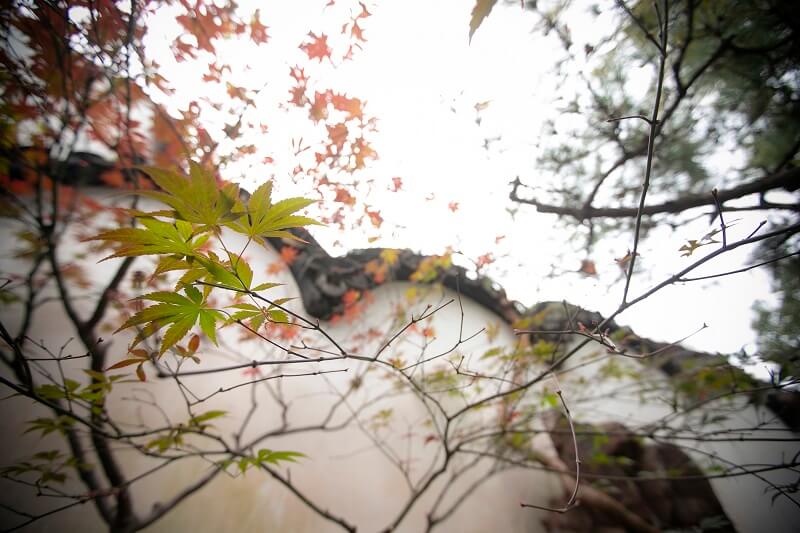
Instruction about Suzhou Canglang pavilion
Canglang pavilion has a long history among the existing gardens in Suzhou. Together with Shizi forest, Zhuozheng garden and Liuyuan garden, Canglang Pavilion represents the gardens of Suzhou in different periods of Song Dynasty, Yuan Dynasty, Ming Dynasty and Qing Dynasty, and is called “four famous gardens in Suzhou”. Compared with other popular gardens, there are few people here. The rockery scenery in the garden wins. The beautiful flower windows on the corridor are also worth appreciating.
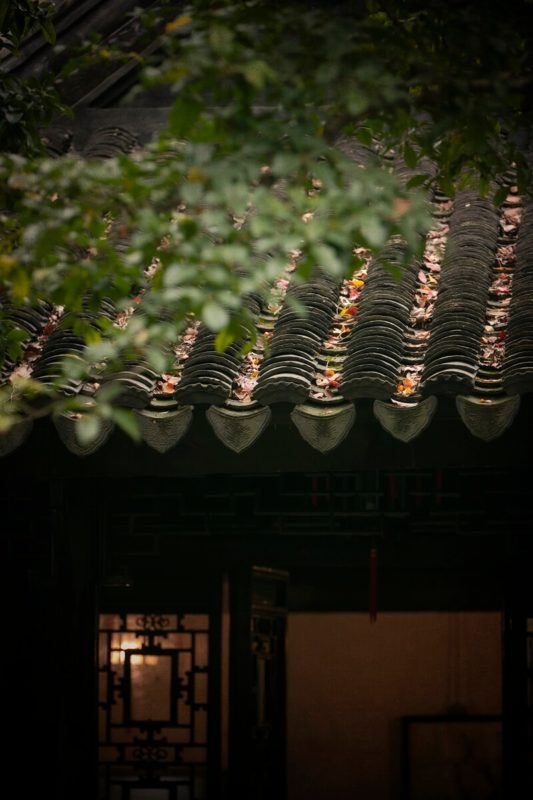
The first impression Garden gives people is that there are many rockery, followed by the long corridor, and the landmark Pavilion, which forms the essence of gardens. Sitting in the pavilion, you can enjoy the lush scenery around the garden. Corridor shuttle in the garden, there are sheds, rainy days will not affect the interest of the garden. It is said that there are 108 kinds of flower windows in the garden.
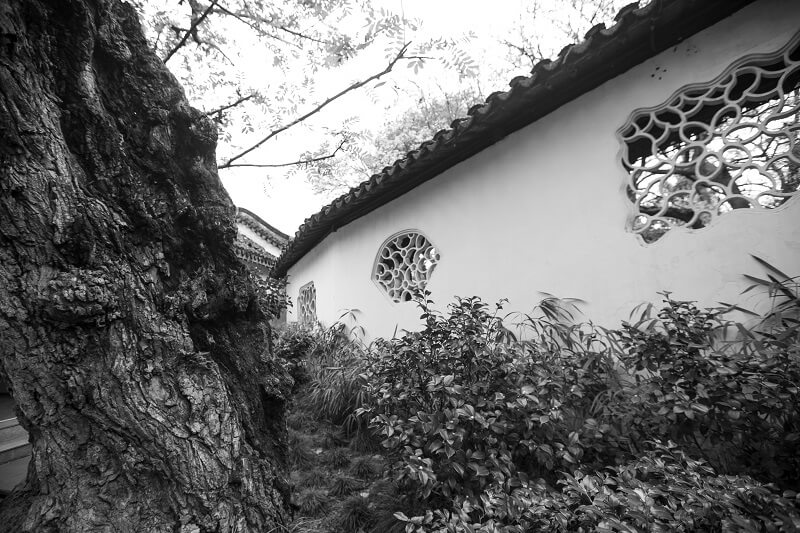
On the north side of the rockery, a corridor between the rockery and the river outside the park acts as the wall of Canglang Pavilion. Through the flower windows, you can see the waterscape outside the park. On the corridor, there are water facing buildings such as fish viewing area and water facing Pavilion, which can cross the wall and get close to the waterscape. When you look at the garden outside Canglang Pavilion, because the river flows around the garden, you will feel that the garden is characterized by waterscape, and the beauty of the garden is exposed through the flower windows of the corridor. Generally, the walls of the garden are high and the Canglang Pavilion is looming because of the corridor. When you look at the scenery in Canglang Pavilion, you will feel that the garden is characterized by mountain scenery. While standing in the corridor, you can see both water and mountain scenery, which skillfully integrates the two.
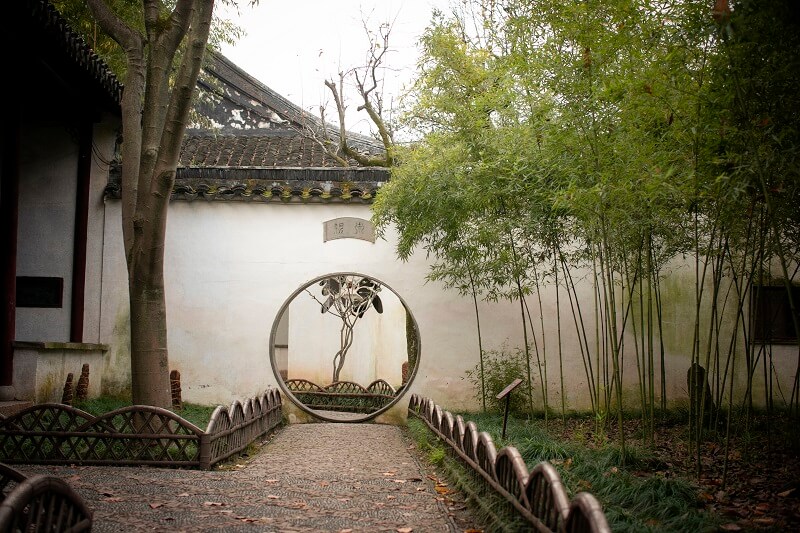
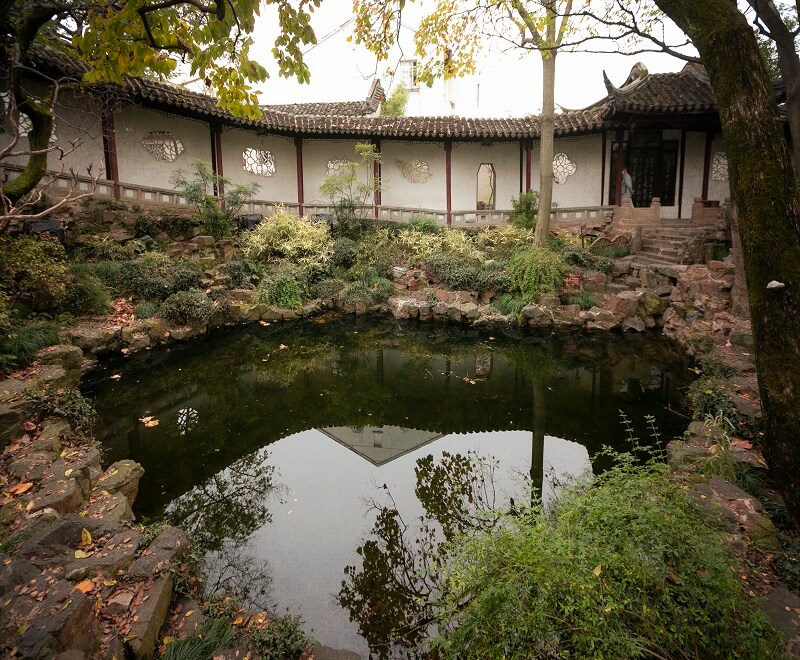
Suzhou Canglang pavilion Garden features
Borrowing scenery
Canglang Pavilion is one of the four major gardens in Suzhou. Although it has several owners, most of the buildings damaged and repaired are in the courtyard. The rockery in the garden and the pool water outside the garden maintain their original appearance. Most of the scenery in the garden is not decorated and it takes nature as its beauty. The layout of the park is mainly mountain with Huangshi at the entrance, and ancient trees planted on the rockery. Most of the buildings are surrounded by mountains and connected by long corridors. The promenade connects the pavilions and pavilions built near the pool. At the same time, it can view the scenery from both sides through more than 100 windows with different patterns on the promenade, which naturally integrates the water outside the garden with the mountains inside the garden.
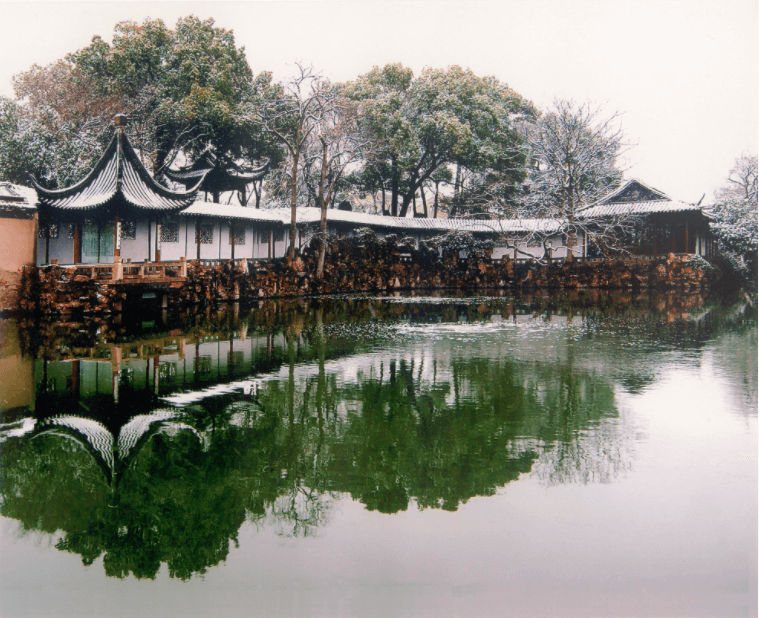
Leaky window
In Canglang Pavilion, there are 108 kinds of leaky windows embedded on the wall of the curved corridor. The appearance is various, and the hollow patterns are also gorgeous. In terms of the shape of the leaky window frame, there are square, polygonal, circular, fan-shaped, Begonia shaped, vase shaped, pomegranate shaped, Ruyi shaped, autumn leaf shaped, palace shaped, peach shaped and so on.
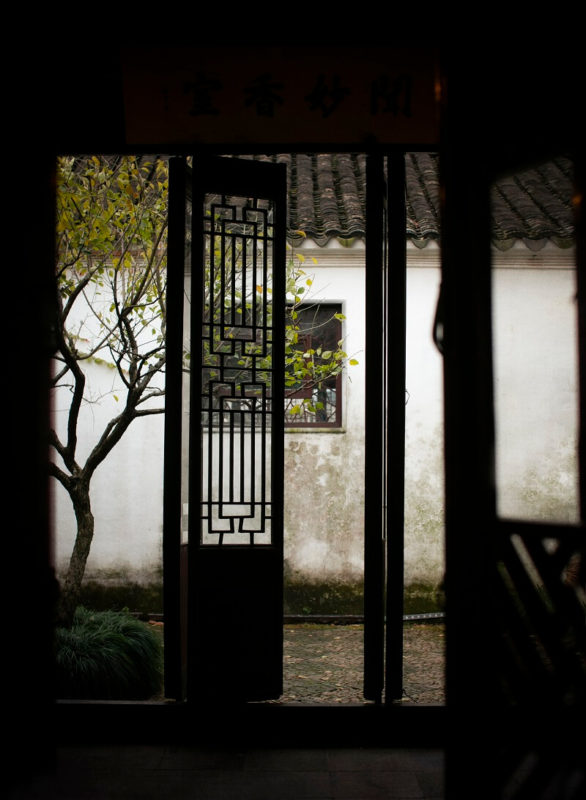
Most of the leaky windows are square and polygonal in shape. Generally speaking, the shape, size and spacing of the rows of leaky windows in the corridor are mostly the same or similar, resulting in a harmonious sense of rhythm. There are not many special window frame shapes in Canglang Pavilion, such as fan-shaped, pomegranate shaped, autumn leaf shaped and peach shaped. The number of them is single and they are distributed at the turning point of the corridor or in a door. They use different window frame colors from those on the corridor, forming multiple visual aesthetic effects. Through the leaky window, the scenic spot seems to be separated from each other. It seems that the light and shadow are often blurred and mottled, which expands and extends the original scenery. With the moving of tourists, the scenery also changes, which really produces the effect of “one scene at a time” and “changing scenery step by step”.
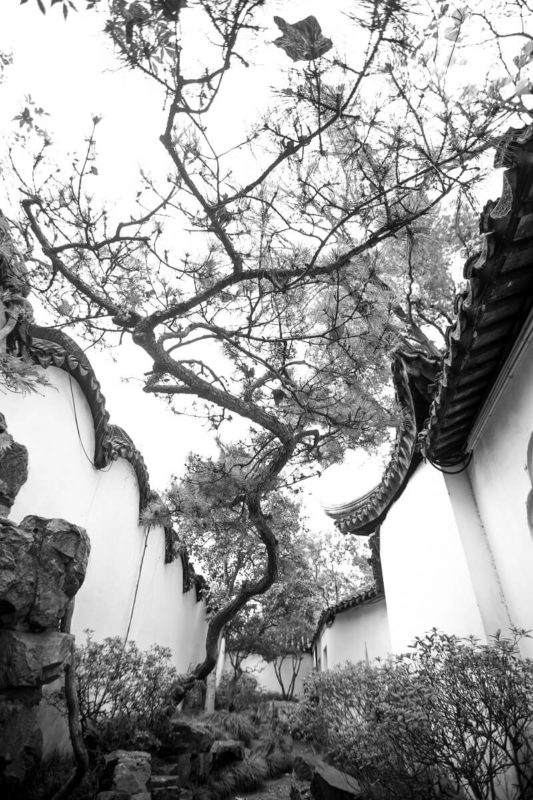
Corridor
The corridor organically connects the mountains and water inside and outside the garden. While the corridor wall separates the inside and outside, a pair of eaves on both sides of the corridor wall tightly connects the mountains and water outside the garden, resulting in the effect of mutual borrowing of mountains and water. At the same time, it also makes up for the lack of water in the garden, expands the visitors’ visual space, enriches the visitors’ sightseeing content and forms the unique open pattern of Suzhou classical gardens. This corridor of Canglang Pavilion is not only regarded as a major feature of Canglang Pavilion, but also known as one of the three famous corridors of Suzhou classical gardens.
